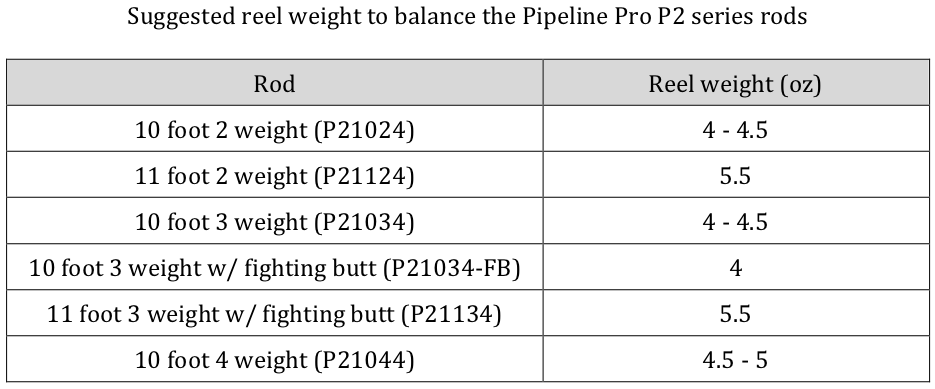European Nymphing Rods
While a 9 foot 5 weight rod may be the perfect all-around trout rod, it is not the best option for European Nymphing. It is possible, but it is similar to seeing a fish without polarized sunglasses; it’s much easier with them. With a longer rod, it is possible to reach out, keep the rod tip high, line off of the water, and stay tight to the flies. That will make it possible to detect strikes in time to set the hook. Typically, rods built specifically for these methods are going to be 10-11 feet long, but can even be up to 14 feet. Each length has its purpose and is usually a personal preference decision. The length does, however, affect reach, wind resistance, tip recovery, weight and feel. Another important note about the length of these rods is that because they are built longer, they can be built with a softer tip to protect light tippets.
The weight of the rod is the trickier part to understand, as it does not fit into the standard of fly rod weights. A rod that was designed specifically for European style Nymphing will be labeled as a 2, 3 or 4 weight, but they are much stronger than that. Essentially, that means that the tip section of that rod will be a 2, 3, or 4 weight while the butt section will be 5, 6 or 7 weight strength. This is because the rods need to be built with a softer, more sensitive tip to protect tippets and detect strikes, but they also need the backbone to fight the fish. The longer taper makes this possible.
Reels for Euro Nymphing
Reels for Euro Nymphing are the same as any other method, but there are a few specific points to look for when rigging. The main point is the weight of the reel. This means the actual weight of the reel and is not referring to the line weight the reel is recommended for. Holding the rod up high with an extended arm for long periods of time will be tiring, and an unbalanced rod and reel outfit will make that even more so. Imagine holding the rod up and at the same time, pulling the tip up or pushing it down to maintain the correct position. This will create fatigue in the wrist and arm. Ideally, the rod is balanced horizontally on one finger placed just in front of the cork. Because the rod is longer, a heavier reel is necessary to balance it. Below is a table that will help to determine an ideal reel weight for each of the Syndicate Pipeline Pro P2 series rods.

Another feature to consider when deciding on a reel is the way that the spool meets with the frame of the reel. Some reels have a small gap in between the line guard of the frame and the spool of the reel that a thin diameter fly line may be able to fit through and end up where it shouldn’t be. One may even choose a full-framed reel to avoid the line slipping through the line guard. While a minuscule problem, it is still annoying and avoidable.
Click here to read about lines, leaders, and tippets for Euro Nymphing.
